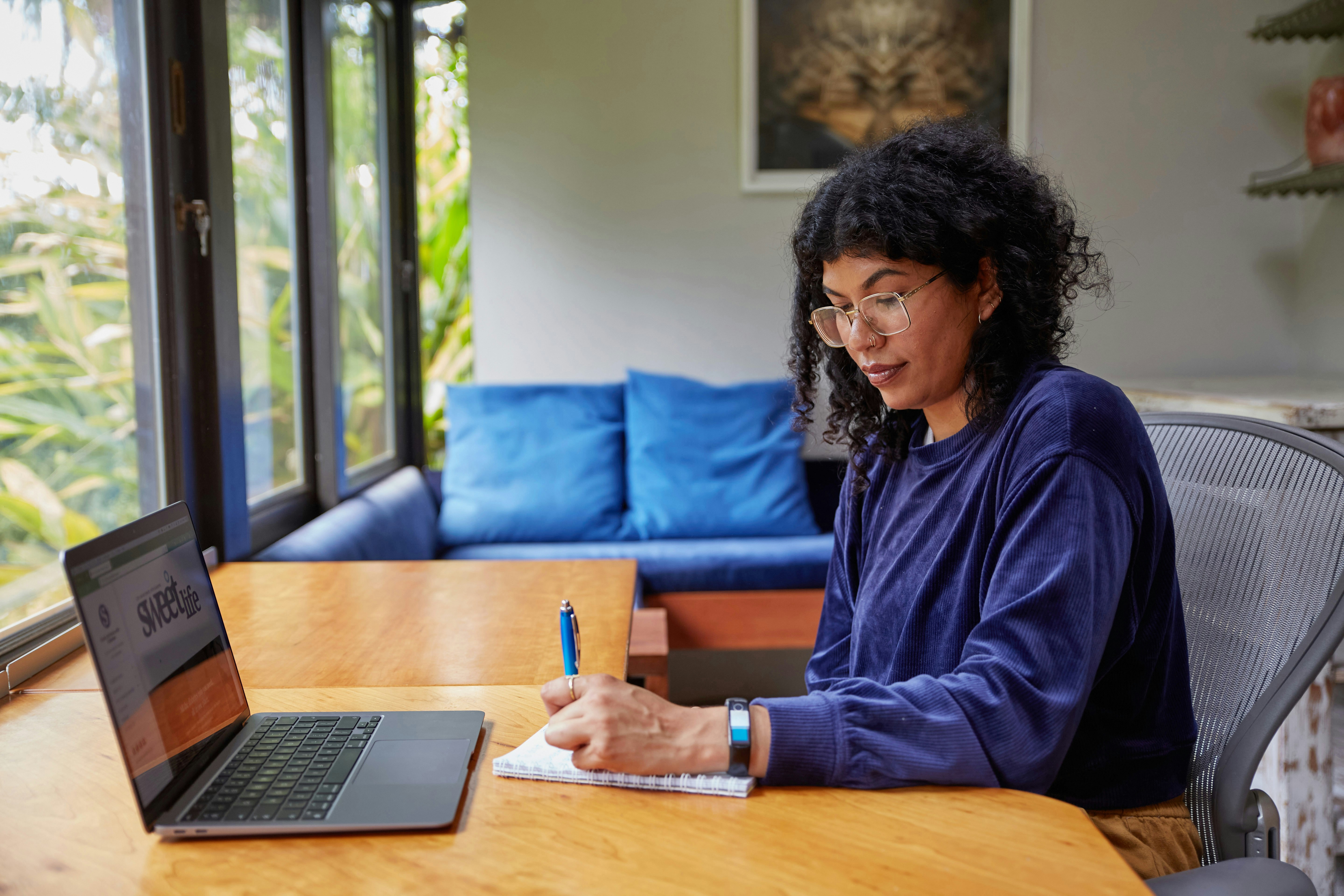
How To Maintain Work-Life Balance In Fast-Paced Lifestyles
Long workdays and constant responsibilities often make it difficult to find time for personal enjoyment, turning even simple daily routines into sources of stress. By making small changes, you can create space in your schedule for the activities that matter most to you while still keeping your professional commitments on track. This guide shares useful tips and relatable examples that show how to balance career and personal needs. Discover how to reclaim your evenings, reduce stress, and bring more enjoyment into your everyday life as you learn to manage your time more effectively and prioritize your own well-being.
Advertisement
Assess Your Current Work-Life Balance
Start by tracking your daily activities for a week. Note how long you spend on specific tasks, from back-to-back meetings to social media breaks. A simple spreadsheet or a journal can reveal hidden time drains that chip away at your free hours.
Next, reflect on what energizes you and what leaves you drained. Are evening workouts boosting your mood, or do late-night reports leave you feeling exhausted? Recognizing these patterns lets you adjust your routine toward more fulfilling activities.
Set Boundaries Between Work and Personal Life
Create firm stop-times for work each day. If you typically answer emails until midnight, pick a new cutoff—say, 7 p.m.—and stick to it. Inform colleagues of your availability window and use a custom status on *Microsoft Teams* or *Slack* to signal when you’re offline.
Designate a workspace that separates tasks from downtime. Even if you don’t have a home office, choose a corner or a specific chair for work. When you leave that spot, resist the urge to check messages. That psychological shift makes it easier to switch into relaxation mode.
Prioritize and Schedule Personal Time
- Identify non-negotiable activities. Whether it’s a daily jog, family dinner, or reading session, mark these slots on your calendar like you would a client meeting. Treat them with equal importance.
- Batch similar tasks. Group errands, bill payments, or quick calls together on one afternoon to clear space for a longer, undisturbed personal block.
- Use time-blocking tools. Apps like Google Calendar let you color-code personal and professional commitments. Visual separation helps you see at a glance if you’re overcommitted.
- Add buffer zones. Schedule 10–15 minute breaks between meetings or tasks. A short walk or a few deep breaths can prevent mental exhaustion and keep focus sharp.
- Review weekly. Spend 15 minutes every Friday afternoon adjusting next week’s plan. Reflect on what worked and shift or drop slots that felt unrealistic.
By treating personal time as a scheduled event, you create predictability in your week. You’ll feel accountable for that yoga class or coffee with a friend, which makes skipping it less tempting.
Scheduling personal blocks also helps you spot conflicts early. If you see three evening meetings in a row, you can negotiate for one to move, preserving your downtime.
Use Technology Wisely
Turn on focused modes on your devices to mute notifications during concentration periods. Both iOS and Android offer built-in settings that let you pause social media alerts or flag only emergency contacts.
Choose tools that support habits rather than distract you. For example, install the *Forest* app to grow a virtual tree while you stay off your phone, or use *Trello* boards to plan tasks visually. These solutions encourage single-tasking and help you complete work faster.
Build Healthy Habits and Practice Self-Care
- Sleep routine: Aim for consistent bed and wake-up times. Your brain rewards a steady rhythm with sharper focus during the day.
- Micro-breaks: Stand up every hour for a quick stretch or a glass of water. This small habit keeps energy steady and prevents burnout.
- Mindful meals: Dedicate at least 15 minutes per meal away from screens. Savor flavors, relax your mind, and avoid next-meal cravings tied to stress.
- Physical activity: Even a 10-minute walk around the block can improve mood and clear mental clutter. Schedule these as fixed appointments with yourself.
- Social check-ins: Block short, regular time with friends or family, like a weekly video call. These connections recharge your motivation and remind you what you’re working toward outside the office.
Pairing simple routines with your existing schedule makes self-care stick. You won’t need to overhaul everything at once—just start with one healthy habit and build from there.
Remember that small wins compound. Crossing off mini-tasks on your list—whether it’s a breathing exercise or a phone-free dinner—gives real momentum to big-picture goals.
Set clear boundaries, schedule enjoyable activities, and use technology to stay organized. These steps help you manage both work and personal needs effectively.
Advertisement